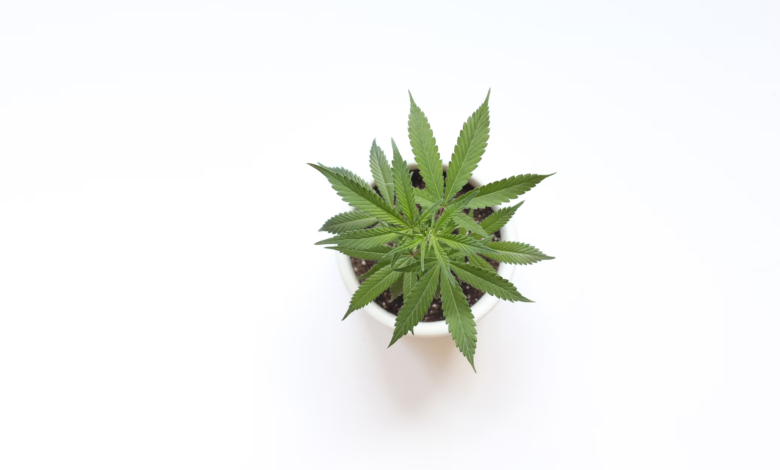From Clones to Cannabis: A Guide to Successful Cloning

The art and science of cloning cannabis plants has evolved tremendously over time. To guarantee consistency and quality in their yields, growers and fans have both been involved in the complex process of cloning cannabis plants. The transition from clones to cannabis comprises several essential processes and circumstances, all of which are critical to the project’s success.
1. Understanding the Basics of Cloning
Cloning is a process that includes making replicas of a parent cannabis plant that are genetically like the original plant. This approach has become increasingly popular as a result of its capacity to guarantee the preservation of desirable qualities and attributes. In order to get started on this adventure, it is necessary to select a mother plant that is resilient and in good health. This first stage is essential to the success of the cloning process since it provides the basis.
2. Selecting the Right Mother Plant
When it comes to cloning, the selection of an appropriate mother plant is the most important factor. To achieve the best possible results, the plant that is selected should have robust health, robust development, and desirable characteristics like a high THC content or particular flavors. Cultivators can boost the likelihood of producing successful clones that replicate the desired characteristics of the parent plant by beginning with a solid genetic foundation. For this, your parent plant should start with high-quality cannabis seeds, provided by top rated sources.
3. Optimizing Environmental Conditions for Rooting
It is essential to establish an environment that is conducive to the growth of roots once the cuttings have been extracted. Important factors that contribute to the development of roots are humidity, temperature, and illumination. In order to prevent the cuttings from being dehydrated, it is important to maintain a high-humidity environment. In a similar vein, the growth of a healthy root system is facilitated by the management of an optimal temperature and the provision of an adequate amount of light.
4. Choosing the Right Medium for Rooting
A crucial factor that determines the success of the clones is the media in which they are rooted. Rock wool, coco coir, and peat pellets are two examples of mediums that cultivators frequently choose. It is important to consider characteristics like water retention, aeration, and nutritional content when selecting a medium because each medium has its own set of inherent benefits. The objective is to establish a setting that is conducive to the formation of roots that are both quick and resilient.
5. Implementing Hormone Treatments
The use of hormone therapies is something that many cultivators do to improve the odds of effective rooting. Indole-3-butyric acid (IBA) and naphthalene acetic acid (NAA) are examples of rooting hormones. These hormones encourage the growth of roots and increase the overall success rate of clones. These hormones must be applied with caution to guarantee that the clones receive the necessary boost for stable root growth.
6. Transplanting Clones for Vegetative Growth
The clones are prepared for transplantation into a growth medium once they have established roots that are robust and disease-free. The transition from the cloning stage to the vegetative state requires careful attention to be paid to a variety of parameters, including the quantities of nutrients, the illumination, and the circumstances of the environment. To ensure that the vegetative growth of the clones is effective, it is necessary to provide them with an environment that is compatible throughout this period.
7. Cultivating Cannabis from Clones
Cultivators are required to continuously monitor and change a variety of elements to achieve optimal growth as the cloned plants move through the vegetative stage. There are a number of factors that contribute to the general health and vitality of cannabis plants, including adequate lighting, appropriate nutrient levels, and attentive pest management. Clones can mature into robust and productive cannabis plants if they are given the appropriate care.
Conclusion
The process of going from clones to cannabis is complex and requires close attention to detail as well as a thorough understanding of plant biology. Selecting the correct mother plant, taking accurate cuttings, adjusting environmental conditions, choosing the right rooting medium, administering hormone therapies, and carefully transitioning to the vegetative stage are all vital components of successful cloning. Cultivators can unleash the potential of their cannabis plants and guarantee a plentiful and reliable harvest by perfecting each step.



